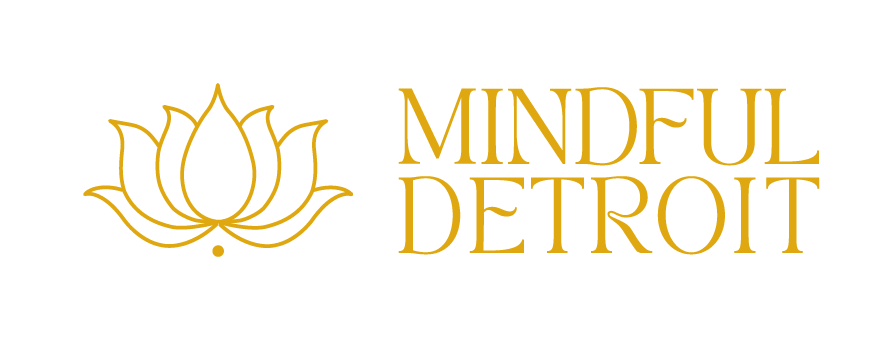How Yoga Can Help With Pain
You might click on this post looking for an asana suggestion- what pose can I do for my achy low back? How can I ease my knee pain? My migraine? My arthritis? And the answer is....
You guessed it....there is no easy answer! Yes, there are certain poses that could be helpful or contraindicated for different conditions but it's so hard to simplify and synthesize in a blog post. Those suggestions are best given in specialized classes or individualized yoga therapy (and really a teacher can only suggest so much, you are your own best teacher).
So instead I'll offer some concepts from yoga philosophy (you know I love this!) that can be great guidelines for moving with more ease.
But before we get too much further, what is pain?
The International Association for the Study of Pain (IASP) defines Pain as: “An unpleasant sensory and emotional experience associated with, or resembling that associated with, actual or potential tissue damage." They give 6 key points for further context. Check them out here. I also think it's important to note that pain can be physical, emotional, spiritual, and/or energetic. Pain is complex.
So back to how Yoga can help with pain:
The first concept that comes to mind is so foundational - SVADHYAYA (self-study). We need to reflect and study our daily movements and actions to begin to understand what increases or decreases our pain. That's not to say we should hyper-focus and hyper-analyze everything, but rather bring in awareness and discernment.
AHIMSA (non-violence or peacefulness) is also essential. Ahimsa is the first Yama (or ethical guideline) in the Yoga Sutras. We might think of this as not harming another person or creature, but it also refers to not harming ourselves. How often do we ignore our body's signals- of pain, hunger, distress, fatigue? And instead we "push through". "No pain, no gain" is a sadly common phrase in our culture.
STHIRA and SUKHA have been a personal mantra lately. Sthira is steadiness, stability; sukha is ease, pleasure, joy. In the Yoga Sutras of Patanjali, sutra II.46 states, "sthira sukham asanam". I love Desikachar's translation of "Asana must have the dual qualities of alertness (sthira) and relaxation (sukha)". He goes on to comment, "...there must be alertness without tension and relaxation without dullness or heaviness". What if we let go of the pushing, and instead chose to move with alertness without tension and relaxation without dullness?
more ways to learn about yoga & pain:
Yoga & Mindfulness for Pain Management: An interactive webinar that includes research and hands-on practices on how to use yoga and mindfulness for pain. Anyone can take it, however it also meets the meets the Pain Management Continuing Education requirements for social workers in the state of Michigan.
Sign up for Yoga Therapy to experience firsthand how yoga can help you better understand and change your experience of pain.
Photo by Towfiqu barbhuiya on Unsplash

